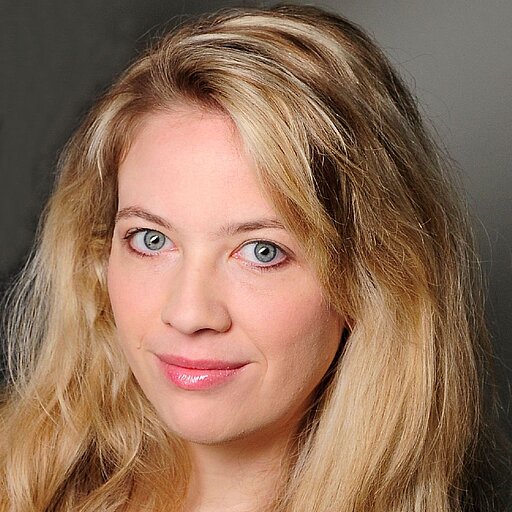Storms, Mona
Mona Storms
Biozentrum
Am Hubland

Nocturnal ecosystems experience a new form of pollution since an evolutionarily very short time: light pollution, caused by too much artificial light at night. Moths are the most important nocturnal pollinators. Thus, the documented decline in abundance and distribution might have far-reaching consequences for pollinated plants as well as all living things depending on this cycle, including humans.
That "moths fly to the light" is a well-known saying, but this attraction and its causes is poorly understood so far. Such an understanding, however, is necessary to develop recommendations for sustainable lighting. My project aims to fill this knowledge gap using a combination of large-scale field experiments and laboratory experiments (using state-of-the-art flight arena technology). It has been shown that the blue light component of the spectrum emitted by an artificial light source is relevant for its attracting effect on moths. Currently, sodium vapor lamps, which are considered to be relatively insect-friendly, are replaced by new, energy-saving LEDs. Since the LEDs now used as standard have a high blue light component, the prompt development of such recommendations seems urgently necessary.
-
Female moths call in vain: Streetlights diminish the promise of mating. . In Ecological Entomology, n/a(n/a). 2025.
- [ URL ]
-
Shedding light with harmonic radar: Unveiling the hidden impacts of streetlights on moth flight behavior. . In Proceedings of the National Academy of Sciences, 121(42), p. e2401215121. 2024.
- [ URL ]
-
The rising moon promotes mate finding in moths. . In Communications Biology, 5, p. 393. 2022.
- [ URL ]
-
Analyse der Auswirkungen künstlichen Lichts auf die Biodiversität. . In Naturschutz und Biologische Vielfalt, 168. 2020.
- [ URL ]




